A massive fireworks display in the Himalayas has led to an investigation.
Apparel brand Arc’teryx has issued an apology after it received a fierce backlash over its promotional fireworks display on the Tibetan plateau.
This came after the display, videos of which were posted online, sparked massive outrage and calls for a boycott.
But what happened? Why were there fireworks set off in the Himalayas?
Let’s take a closer look
What happened?
First let’s take a brief look at the company.
Arc’teryx is an outdoor apparel brand founded in Canada in 1989. It sells high-end sportswear and mountaineering gear in over 150 stores across the world. In 2019, it was bought by a consortium led by Hong Kong-listed fitness firm Anta Sports. It has since become increasingly popular with the Chinese middle class.
Arc’teryx tied up with artist Cai Guo-Qiang to stage a massive fireworks display. Cai, who was born in Quanzhou but has lived in New York since the 1990s, is famed for putting together the 2008 fireworks display at the Beijing Olympics. He is one of China’s best-known artists and is also known for gunpowder paintings.
The fireworks display, named “Rising Dragon”, was set off on Friday. It occurred on a Tibetan plateau around 5,500 metres (18,000 feet) above sea level in the city of Shigatse. Videos from the event – which was put on to promote the brand – went viral online showing multi-coloured fireworks coming down from the top of the mountain in lines that were designed to resemble a dragon.
More than 92 million people have read posts related to the incident on Weibo – China’s version of X – alone. However, the campaign resulted in fierce backlash on social media.
Many took Arc’teryx, which has positioned itself as an environmentally-friendly brand, to task for disrupting the delicate ecosystem of the Himalayas through the smoke, colour and explosions that emanated from the display. Several people called for a boycott of the firm.
The Tibetan plateau and its mountains are sacred to many, including Tibetan Buddhists. China invaded Tibet in 1950 and has kept tight control over the region by force. The Dalai Lama fled to India in 1959 after a failed uprising against the Chinese. Beijing in recent decades has promoted the Tibet Autonomous Region as a travel destination.
Arc’teryx initially defended itself, saying the display was put on using biodegradable and environmentally-friendly materials. It said the aim behind the project was “showing the awe of nature using art as a medium”.
It added that all the animals and wildlife nearby had been moved away from the spot. It said the display had cleared environmental standards set by the 2022 Beijing Winter Olympics and also cleared pollution standards in Japan, the United States and Europe. It said any deposits left after the display were cleaned up.
It also added that the display wanted to raise awareness of mountain culture. “This project was intended to raise awareness of local culture in the high mountains through artistic creation,” it wrote on Weibo. “Despite this original intention, deviations and even errors occurred during the presentation of the works,” it added.
A local official from the Gyantse county ecology and environmental bureau was quoted as saying that the project did not need an environmental impact assessment as it complied with all the regulations. The official said the display only needed approval from the local government.
“So far, there’s been no observed damage to the local ecosystem and we’ll continue monitoring,” the official added.
How are authorities responding?
Authorities have swung into action following the outpouring of criticism.
“The Shigatse party committee and government take the matter seriously and have set up an investigation team to send to the site immediately to investigate,” the city’s local communist party committee said in a statement posted on Chinese social media platform WeChat. It said it would handle the matter “in accordance with the law and regulations.”
Arc’teryx, meanwhile, has issued an apology on multiple social media platforms including Weibo and Instagram.
“This event was in direct opposition to our commitment to outdoor spaces, who we are, and who we want to be for our people and our community. We are deeply disappointed that this happened and apologise, full stop,” Arc’teryx wrote on Instagram.
It has said it will work with an independent environmental group to conduct a survey of whether there has been any damage. It said that if it finds this to be the case, it will take steps to address the matter. The company also vowed to hasten its work on a nature scheme in Tibet and vowed to back charity missions that encourage local culture.
Cai, the pyrotechnics artist who put on the display for the company, has also apologised on social media. Cai said that there were “several areas that failed to be taken into account properly.”
“My studio and I attach great importance to this and humbly accept all criticisms of (our) artistic creation on the snowy plateau with a modest heart and sincerely thank you for your concern and reminders,” Cai wrote on Douyin, China’s local version of TikTok.
He vowed to “proactively cooperate with” authorities and “take practical action” to address any issues they found.
“We have always held a deep reverence for nature,” Cai said in a statement. “In the future, we will be more cautious and rigorous in our assessments of the environmental impact brought by our artistic activities.”
However, social media users in China weren’t mollified. One person wrote that the matter is “not something that can be forgiven with a single apology post”.
“Arrest all those who have passed the approval process,” another added.
“Art for the earth should be about respecting nature and living things,” a third wrote.
Chinese state media has also taken the company to task.
“Some users questioned the sincerity of Arc’teryx’s apology… They argued that the reference to ‘working with the China team to adjust practices’ risked being seen as an attempt to shift responsibility,” the state-run Global Times wrote in an op-ed.
Some experts too remain unconvinced.
“We believe that the local governments have been somewhat negligent in their duties regarding plateau protection, given its extreme fragility and sensitivity. The large-scale use of fireworks is concerning,” a lawyer told SCMP on condition of anonymity.
“We previously conducted research in the area. Restoration of the land is extremely difficult due to the harsh and delicate climate.”
With inputs from agencies


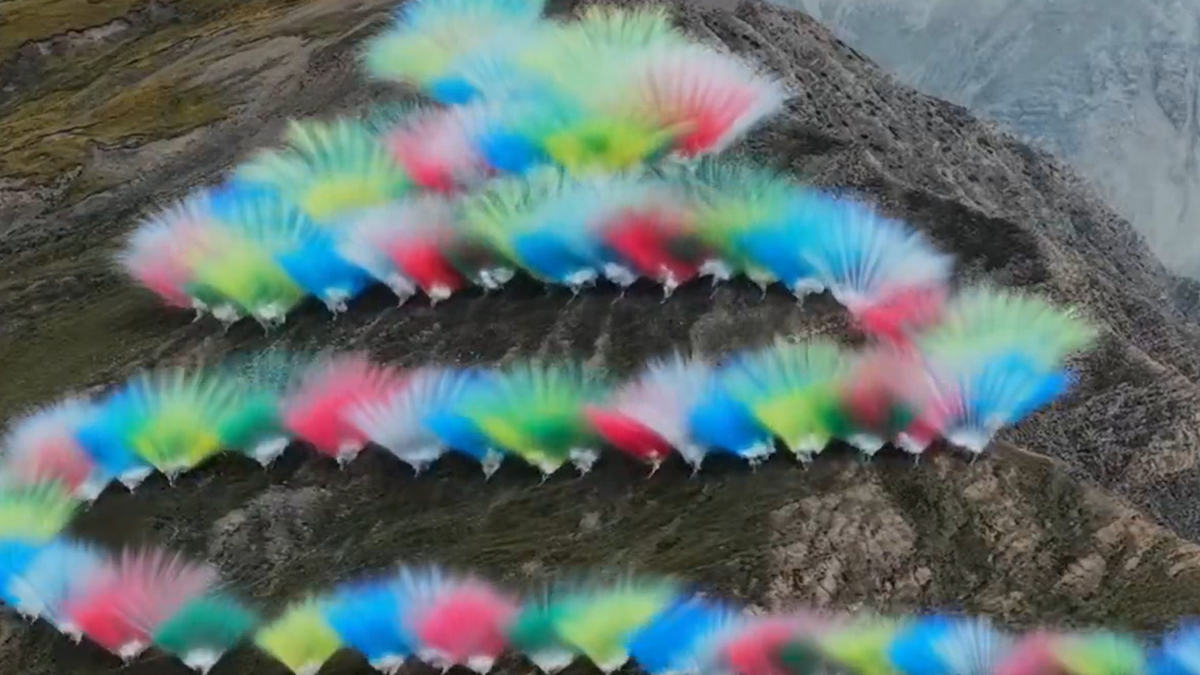)
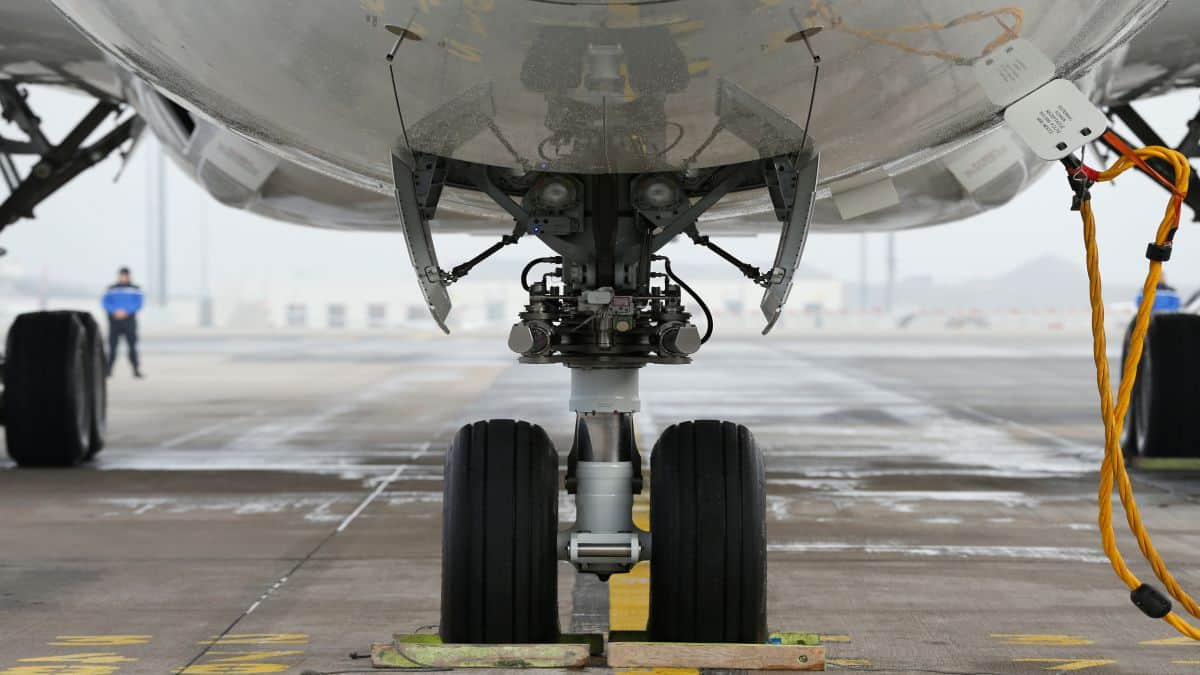
)
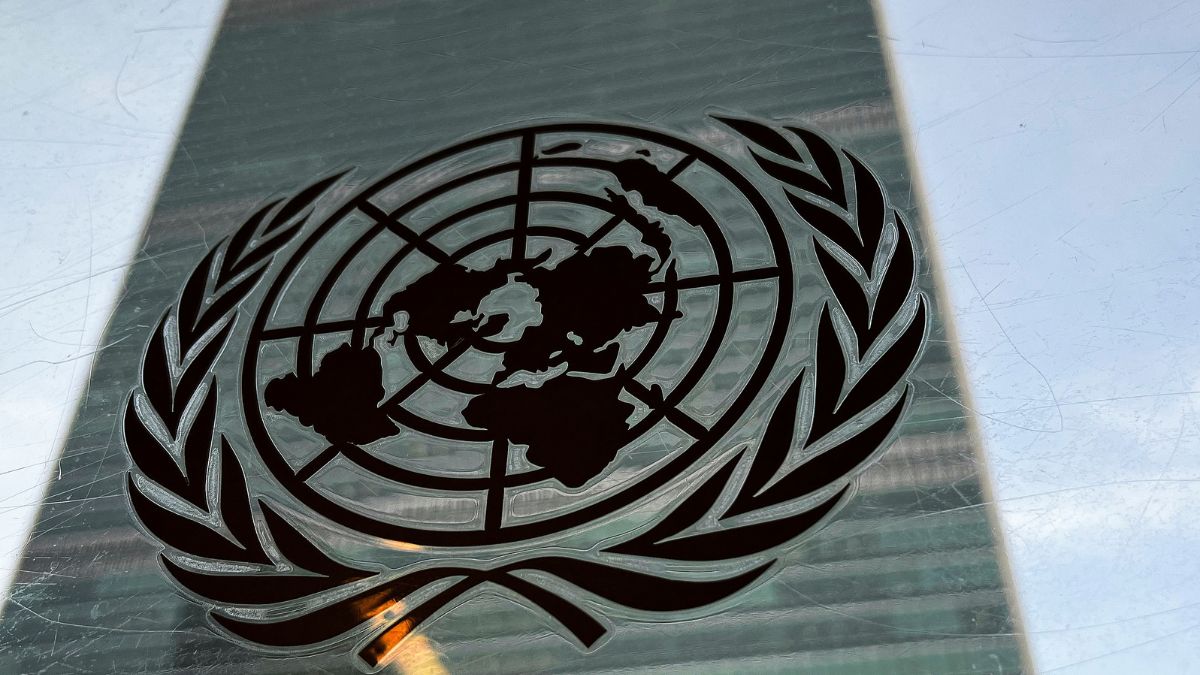)
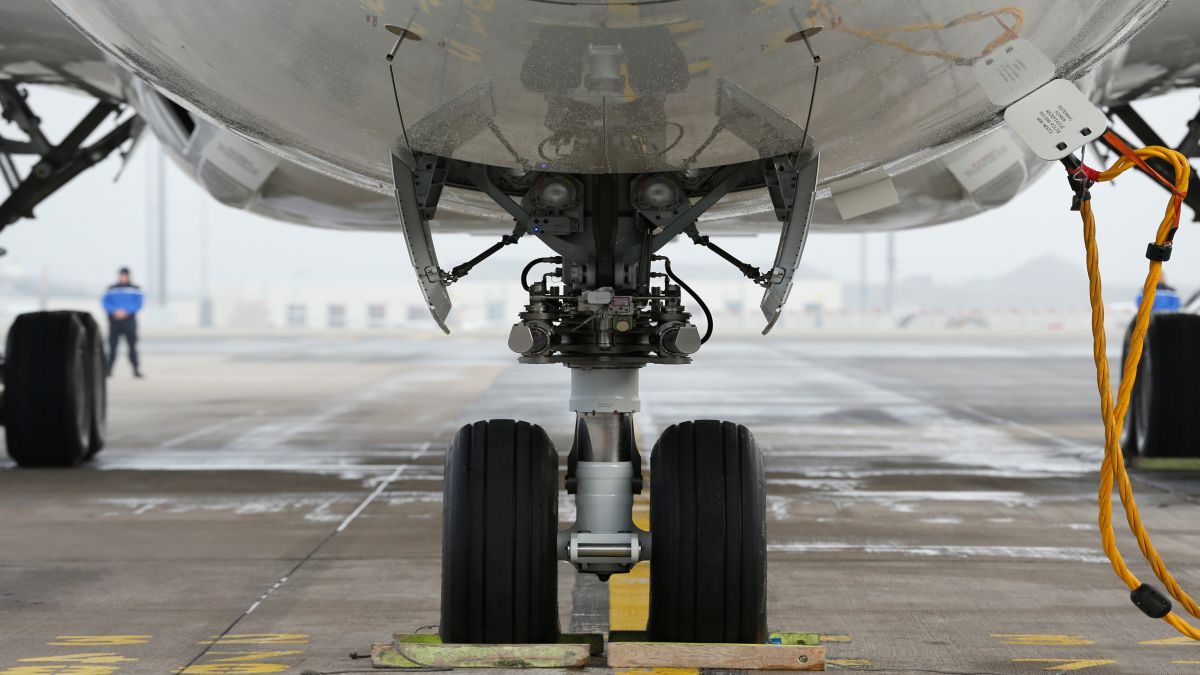)
)
)
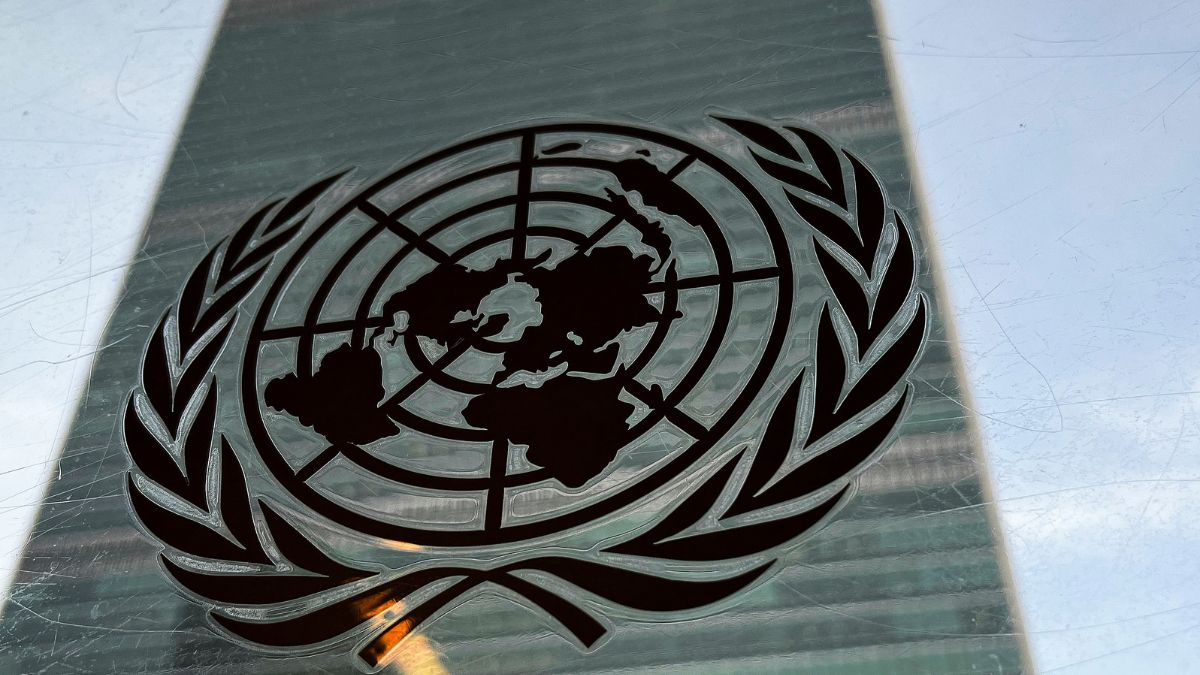)
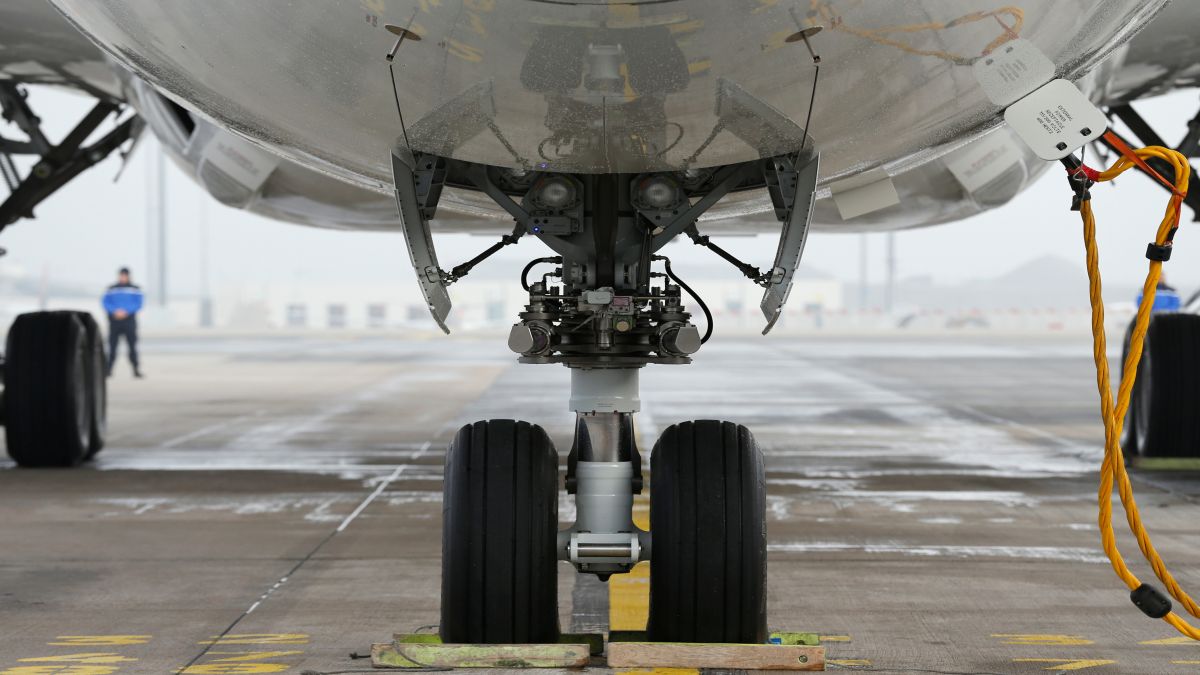)
)



